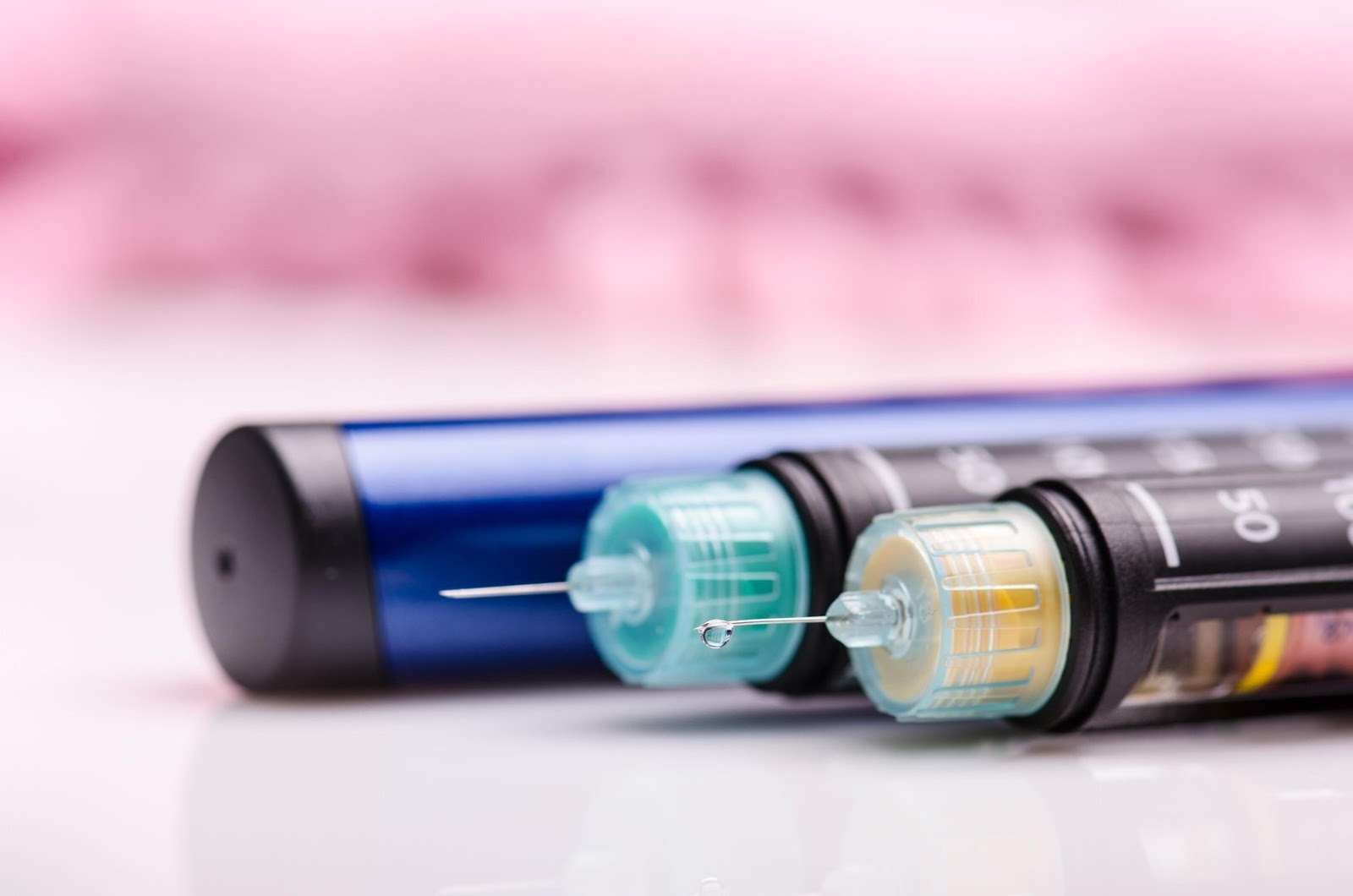Semaglutide Dosage Chart: All You Need To Know
It can be challenging to lose weight, especially if your diet and activity are not helping you drop the pounds you want to. Finding the right solution for weight loss can be a bit confusing.
Semaglutide, whether used for diabetes or weight loss, has proved its ability to control insulin production and its unique ability to suppress appetite.
However, clinical innovations like semaglutide injections can remedy your specific concerns. One good thing about these is that they have a dosage chart that you can follow for maximum results.
So, how does using a semaglutide dosage chart help with weight loss? Well, the semaglutide chart summarizes the amount of dosing you need to take to get effective results from the treatment.
It considers your body weight, age, and height to allow you and your doctor to determine how much semaglutide you should take to lose fat. Keep reading to explore more!
 Semaglutide is an injectable GLP-1 analogue that duplicates the effects of glucagon and is used to treat type 2 diabetes. It is currently authorized for long-term weight control in people with a BMI of 27 or above under the brand name Wegovy.
The FDA has specifically approved Ozempic semaglutide injections for use in people with type 2 diabetes. It has been demonstrated that individuals undergoing Ozempic treatment experience weight loss when using it because it has the same active ingredient as Wegovy.
It increases energy levels and enhances insulin resistance, enabling the burning of fat and calories. Additionally, semaglutide reduces hunger, which makes it simpler to adhere to the calorie restriction objectives of weight loss plans.
The FDA has approved Mounjaro medication, specifically for treating chronic weight management. Tirzepatide, the generic form of the medication, helps adults with type 2 diabetes control their blood sugar or glucose.
Semaglutide is an injectable GLP-1 analogue that duplicates the effects of glucagon and is used to treat type 2 diabetes. It is currently authorized for long-term weight control in people with a BMI of 27 or above under the brand name Wegovy.
The FDA has specifically approved Ozempic semaglutide injections for use in people with type 2 diabetes. It has been demonstrated that individuals undergoing Ozempic treatment experience weight loss when using it because it has the same active ingredient as Wegovy.
It increases energy levels and enhances insulin resistance, enabling the burning of fat and calories. Additionally, semaglutide reduces hunger, which makes it simpler to adhere to the calorie restriction objectives of weight loss plans.
The FDA has approved Mounjaro medication, specifically for treating chronic weight management. Tirzepatide, the generic form of the medication, helps adults with type 2 diabetes control their blood sugar or glucose.
 Semaglutide is designed for subcutaneous administration once weekly and must be stored according to the manufacturer’s guidelines.
Semaglutide is designed for subcutaneous administration once weekly and must be stored according to the manufacturer’s guidelines.
Semaglutide for Weight Loss: An Overview
Semaglutide Dosage for Chronic Weight Management
To successfully manage weight with semaglutide, people must understand the various dosages and how to take them. This includes choosing an appropriate dosing schedule and understanding the different dosages.- Ozempic Maintenance Dose
- Wegovy Maintenance Dose
- Mounjaro (Tirzepatide) Maintenance Dose
Using a Semaglutide Dosage Chart to Lose Weight
A semaglutide dosage chart, which suggests the proper dosages to help people take the right amount for their circumstances and goals, can be used by doctors to help patients lose weight. It’s crucial to remember that taking larger doses every week can improve weight control outcomes. However, since raising the dose may result in more adverse effects, it’s crucial to get professional supervision. Semaglutide should be taken for weight loss, starting with the suggested weekly dosage and changing based on each person’s body response and blood glucose swings.- Monitoring by Healthcare Experts
Semaglutide’s Advantages for Losing Weight
As semaglutide lowers hunger and cravings, regulates blood sugar, enhances glycemic control, and stimulates satisfaction and fullness, it is helpful for weight loss in both diabetics and non-diabetics.- Efficiency in People Without Diabetes
- Lower Cravings and Appetite
- Promotion of Fullness and Satiety
Semaglutide Side Effects and Precautions
While it has many benefits, there are some side effects associated with Semaglutide and Compounded Semaglutide, including:- Nausea
- Vomiting
- Abdominal pain
- Constipation
- Severe gastrointestinal reactions
- Hypoglycemia
- Pancreatitis
- Acute kidney injury
- Common Side Effects You Might Notice
- Precautions and Contraindications
Proper Use and Storage of Semaglutide For Maximum Results
- Technique and Frequency of Injection

